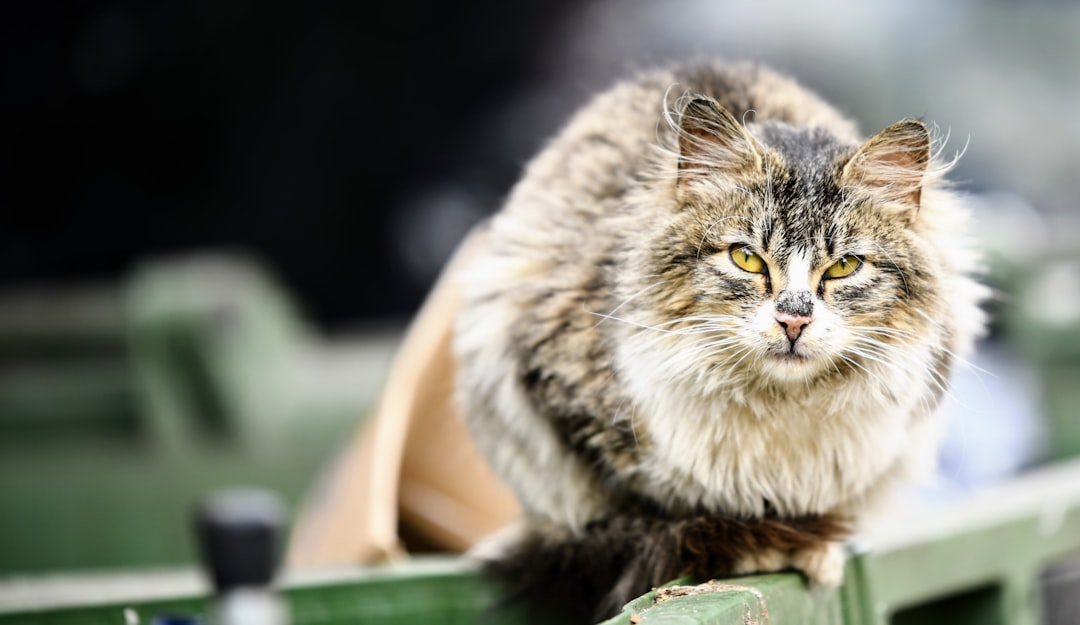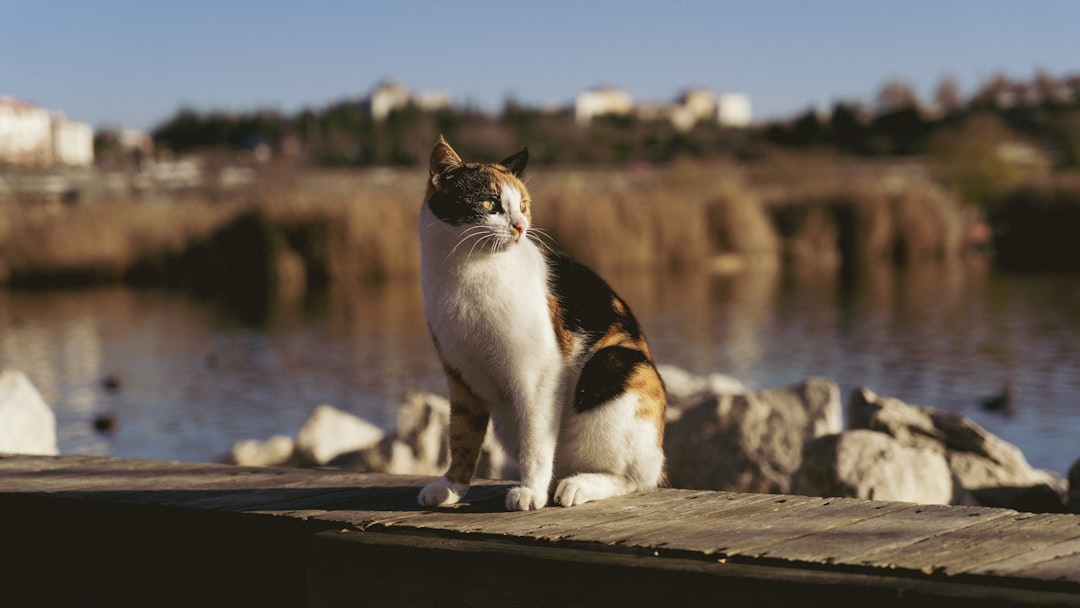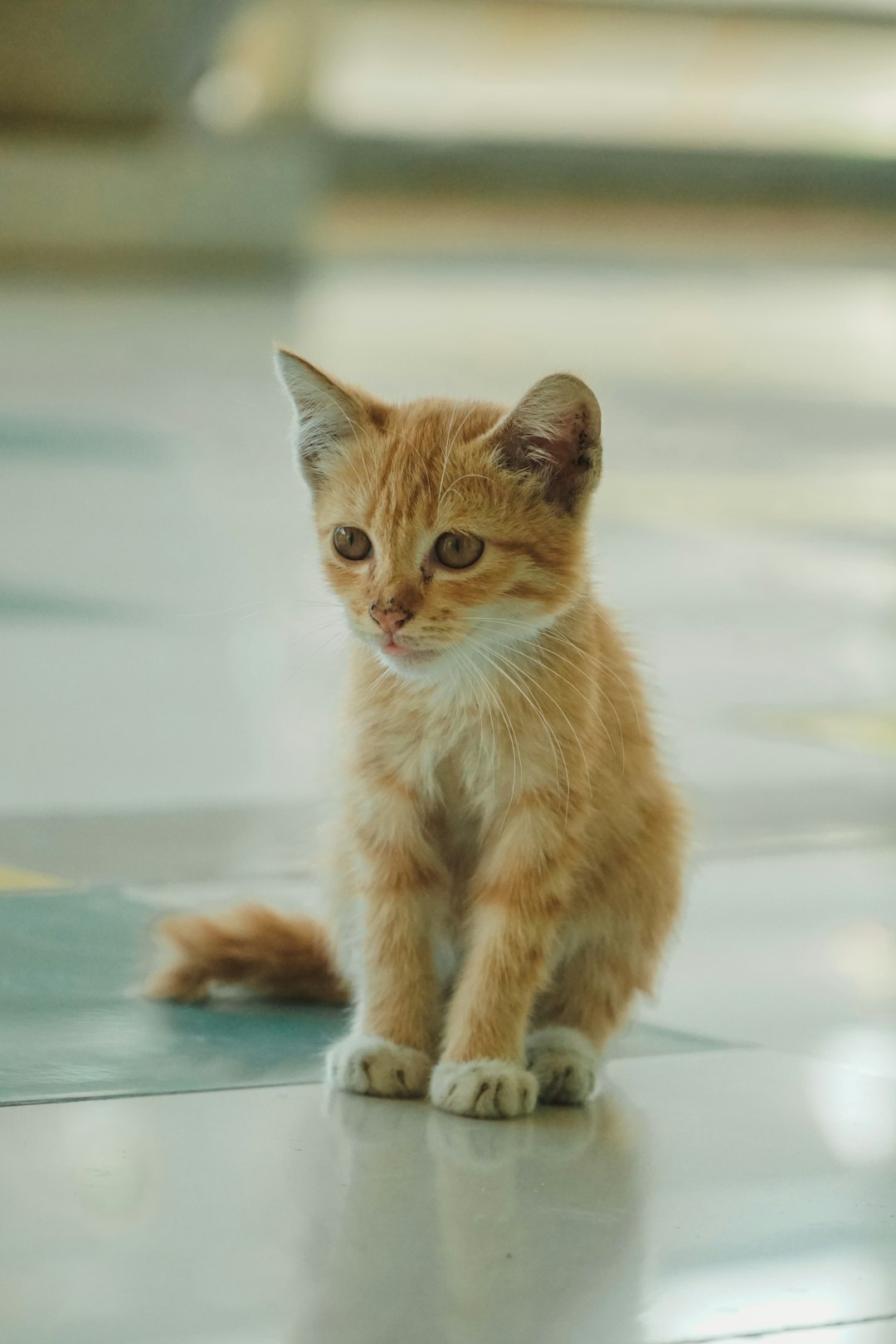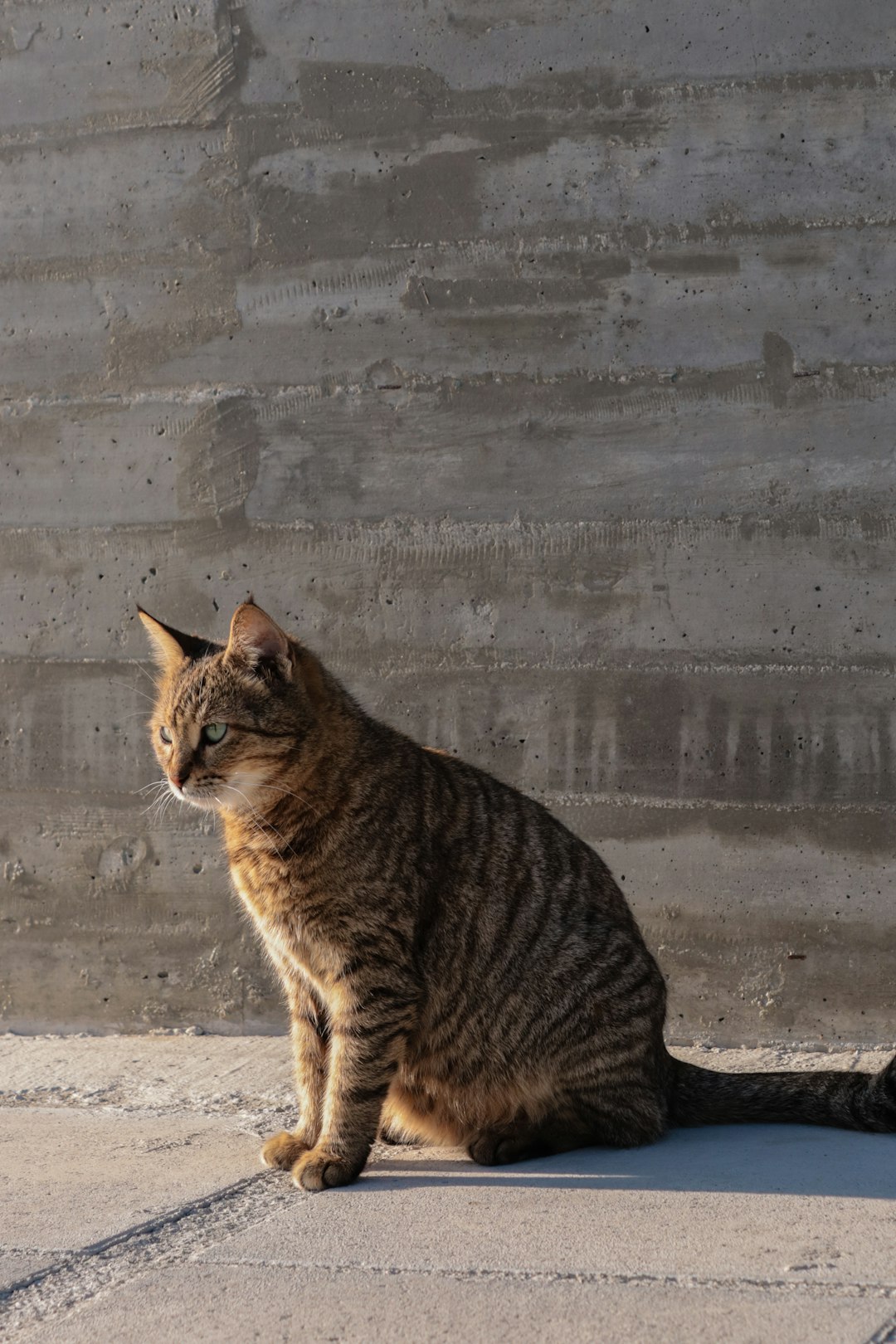When it comes to ensuring the comfort and happiness of your furry friend, choosing the right cat tree is essential, especially for larger breeds. Cat trees for large cats require specific features to accommodate their size and provide safe play and rest areas. Understanding your cat’s unique needs, along with essential factors like durability, stability, and design aspects, will help you make an informed decision. This guide explores key considerations to keep in mind when selecting the perfect cat tree that meets both your cat’s needs and your home’s aesthetic.
Understanding the Needs of Large Cats
When choosing cat trees for large cats, it’s vital to recognize their unique needs compared to smaller breeds. Large cats, such as Maine Coons or Savannahs, require specific features to ensure comfort and safety. Here are some critical considerations:
Space Requirements: Large cats need ample room to move around. Ensure the cat tree has spacious platforms and wide shelves to accommodate their size.
Weight Capacity: Opt for sturdier materials that can support the weight of your large feline. Look for cat trees specifically labeled to support heavier weights.
Climbing and Scratching: Large cats love to climb and scratch, so select a tree with various heights and durable scratching posts that can withstand their strength.
Comfortable Rest Areas: Ensure the cat tree provides cozy, spacious resting areas, such as oversized condos or hammocks, enabling large cats to stretch out comfortably.
By considering these factors, you can select the best cat trees for large cats, ensuring they stay happy, healthy, and entertained.

Key Features of a Suitable Cat Tree
When selecting cat trees for large cats, prioritize features that cater specifically to their unique needs. Here are some key aspects to consider:
Heavy-Duty Construction:
- Look for trees built with thick wood or sturdy materials to support extra weight.
- Reinforced joints enhance durability and stability.
Spacious Platforms:
- Larger surface areas help accommodate bigger cats.
- Choose platforms with a minimum diameter of 24 inches.
Strong Supports:
- Vertical posts should be robust, preferably at least 4 inches in diameter.
- Consider covering them with sisal for scratching and play.
Multiple Levels:
- A variety of heights offers climbing opportunities, helping to keep them active.
- Ensure accessible ramps or wide steps for easy navigation.
Safe Enclosures:
- Cozy hideaways should have spacious openings and sturdy bases.
- Look for features like safety straps for added stability.
In summary, when investing in cat trees for large cats, ensure these features are present to provide a safe, engaging, and comfortable environment for your feline friend.
Material Durability and Safety
When selecting cat trees for large cats, prioritizing material durability and safety is crucial. Large cats naturally require sturdy construction to support their weight and active play. Here are key points to consider:
Material Types: Look for cat trees made from solid wood or high-density particle board. Avoid flimsy materials that can easily tip over or break.
Fabric Quality: Choose trees with durable upholstery, such as faux fur or soft woven fabric. These materials can withstand scratching and roughhousing.
Non-Toxic Materials: Ensure all materials are non-toxic. This guarantees the safety of your pet, particularly if they chew on the structures or surfaces.
Base Stability: A wider base helps prevent tipping. Check that the design offers low centers of gravity for enhanced stability.
Safety Features: Look for rounded edges and safe fastening methods. Secure platforms and shelves to the main structure to reduce the risk of collapses during playtime.
By focusing on these material and safety considerations when shopping for cat trees for large cats, you’ll ensure a durable and secure environment for your feline friend.
Height and Stability Considerations
When selecting cat trees for large cats, height and stability are crucial factors. Bigger cats require structures that can safely support their weight while providing ample space to climb and explore.
Here are some essential aspects to consider:
Height: Look for tall cat trees that offer multiple levels. A height of at least 60 inches is ideal for large breeds, allowing them to perch comfortably.
Base Stability: A wider base enhances stability, preventing the cat tree from tipping over during play. Opt for designs with a broad, solid foundation.
Weight Capacity: Check the weight limit specified by the manufacturer. Always choose cat trees for large cats with a weight capacity greater than your pet’s weight to ensure safety.
Material Quality: High-quality, dense materials reduce swaying. Choose cat trees made from solid wood or reinforced particle board.
In summary, prioritize both height and stability when selecting cat trees for large cats to provide a secure and enjoyable environment for your feline friends.

Design Aspects: Platforms and Shelves
When selecting cat trees for large cats, design elements like platforms and shelves play a crucial role in ensuring your feline friend has a comfortable and engaging environment. Consider the following aspects:
Sturdy Platforms: Ensure that platforms can support the weight of larger cats. Look for options with a minimum thickness of 1 inch.
Spacious Shelves: Cats enjoy lounging and perching; shelves should provide ample space for your cat to stretch out comfortably. A width of at least 15 inches is ideal.
Multiple Levels: A multi-tiered design encourages exploration and exercise, catering to the natural climbing instincts of large cats.
Non-Slip Surfaces: Opt for platforms with textured materials that prevent slipping, enhancing your cat’s safety while they navigate heights.
| Feature | Recommended Measurement |
|---|---|
| Platform Thickness | 1 inch or more |
| Shelf Width | 15 inches minimum |
| Total Height | 5-7 feet tall |
In conclusion, the right design not only elevates your cat’s playtime but also assures their safety and comfort. Look for cat trees for large cats that prioritize these essential design aspects.
Play Areas and Interactive Elements
When selecting cat trees for large cats, play areas and interactive elements play a crucial role in keeping your feline friend engaged and happy. Here are some factors to consider:
- Variety of Activities: Ensure the cat tree includes features like hammocks, hanging toys, and scratch posts to cater to their playful nature.
- Multiple Levels: A multi-tier design allows them to climb, leap, and explore, mimicking their natural behavior.
- Interactive Features: Some cat trees come with built-in toys that sway or rattle, capturing your cat’s attention and encouraging playtime.
- Space for Exploration: Look for designs with spacious platforms and hiding spots that let your cat feel secure while they observe their environment.
Comparison of Play Features
| Feature | Basic Cat Tree | Premium Cat Tree |
|---|---|---|
| Multiple Levels | No | Yes |
| Indoor Toys | Few | Multiple |
| Scratch Areas | Standard | Various |
| Climbing Spaces | Limited | Ample |
Ultimately, choosing cat trees for large cats with engaging play areas will enhance their physical and mental well-being, making it a worthwhile investment in their happiness.
Ease of Assembly and Maintenance
When selecting cat trees for large cats, consider the ease of assembly and maintenance as essential factors. Large cat trees can be hefty, so a straightforward assembly process is crucial to avoid frustration. Here are some key points to keep in mind:
User-Friendly Instructions: Look for models that come with clear, step-by-step instructions. Visual guides can also enhance your understanding during setup.
Pre-Drilled Holes: Opt for cat trees with pre-drilled holes to simplify assembly and ensure accurate alignment of parts.
Tool Requirements: Check if the necessary tools are included. Some designs require only household tools, while others may need specialized equipment.
Maintenance Considerations: Choose materials that are easy to clean. Removable and washable covers can significantly ease maintenance.
Sturdiness: A stable cat tree can reduce wear over time, minimizing the need for frequent repairs or replacements.
By focusing on these aspects, you will find cat trees for large cats that not only serve as play hubs but also fit seamlessly into your maintenance routine.

Budgeting for a Quality Cat Tree
When investing in cat trees for large cats, setting a realistic budget is essential. Here are some key factors to consider:
Quality Materials: Higher-quality materials tend to cost more but are crucial for durability and safety. Expect to pay between $150 to $300 for sturdy, well-constructed cat trees.
Size and Complexity: Larger trees with multiple levels and features typically command a higher price. A simple model may start around $70, while intricate designs can soar above $500.
Brand Reputation: Established brands often provide warranties and better customer support. Allocate about 10-20% extra in your budget for these trusted options.
Maintenance Costs: Don’t forget potential additional costs such as replacement parts or cleaning supplies.
| Price Range | Features |
|---|---|
| $70 – $150 | Basic design, fewer scratching areas |
| $150 – $300 | Multi-level, reinforced stability |
| $300+ | High-end materials, luxurious design |
By carefully considering these factors, you can find the ideal cat trees for large cats that balance quality and cost.
Frequently Asked Questions
What are the key features to look for in a cat tree designed for large cats?
When searching for a cat tree suitable for large cats, prioritize stability, size, and weight capacity. It’s essential the cat tree is constructed with sturdy materials like solid wood or thick particleboard to withstand the weight and jumping of larger felines. Look for wide platforms that offer ample space for lounging and scratching posts that are tall and robust. Additionally, features like reinforced bases and non-slip surfaces can enhance safety and support.
How can I ensure the durability of a cat tree for large cats?
To ensure durability, select a cat tree made from high-quality materials and craftsmanship. Look for thick and heavy-duty materials that can support the weight of larger breeds. Check for solid connections, such as screws rather than staples, and read reviews on longevity. Additionally, consider cat trees with replaceable parts or those that allow for repairs, as this can prolong the lifespan. Regularly inspecting the tree for wear and tear will also help in maintaining its condition.
Are there specific brands known for making cat trees for large cats?
Yes, certain brands are well-known for producing robust cat trees catering specifically to larger breeds. Brands such as Frisco, Vesper, and PetFusion offer high-quality, durable options designed to withstand the activity of larger felines. Research each brand’s review ratings and consider the materials and design features they offer. Asking for recommendations from fellow cat owners or checking pet forums can also provide insights into the best options available.
How much should I expect to spend on a quality cat tree for large cats?
The price of a quality cat tree for large cats can vary widely based on size, materials, and design features, typically ranging from $100 to $300 or more. While it may be tempting to opt for cheaper options, investing in a higher-quality cat tree often yields better durability and safety for your feline companion. Keep an eye out for sales or discounts offered by pet retailers to find a cat tree that fits within your budget while still meeting all necessary features.



